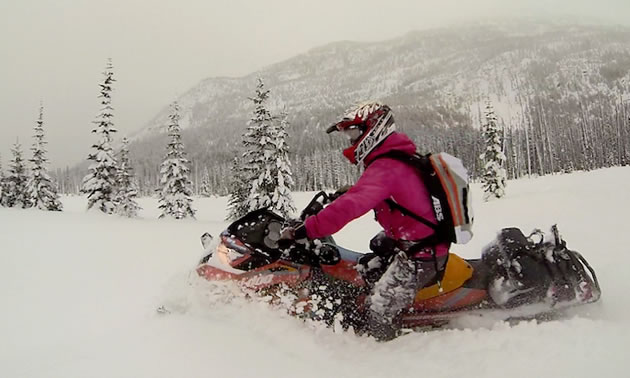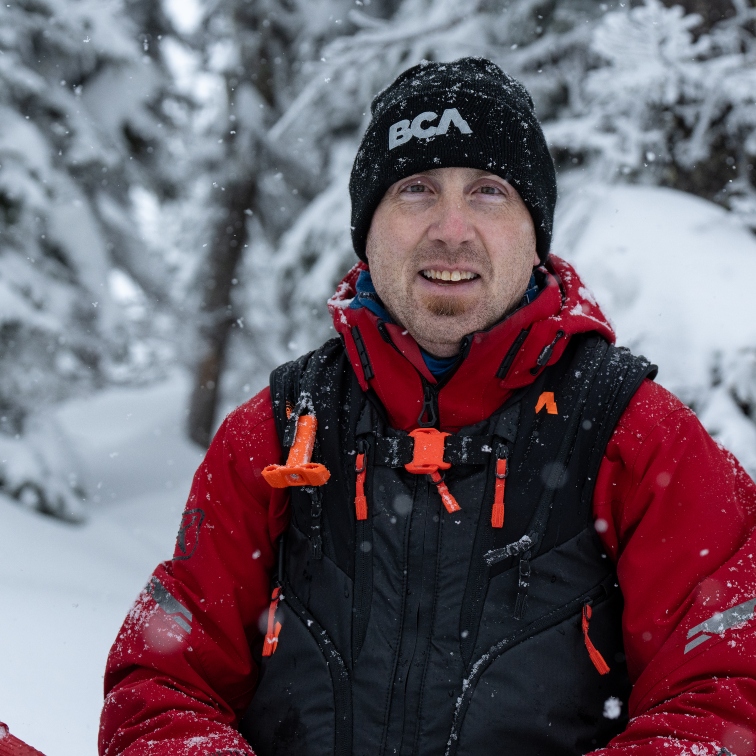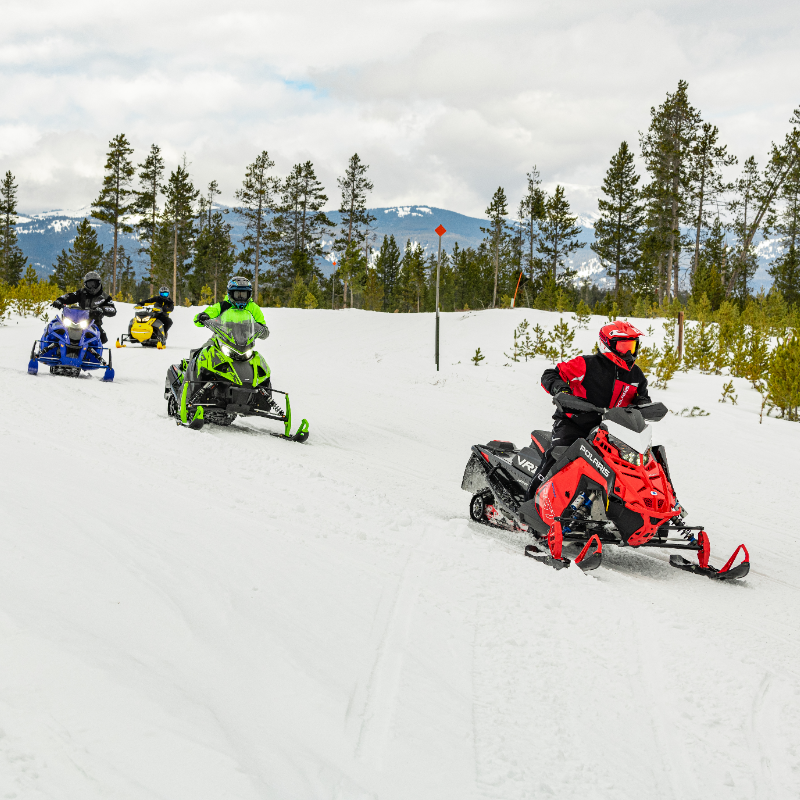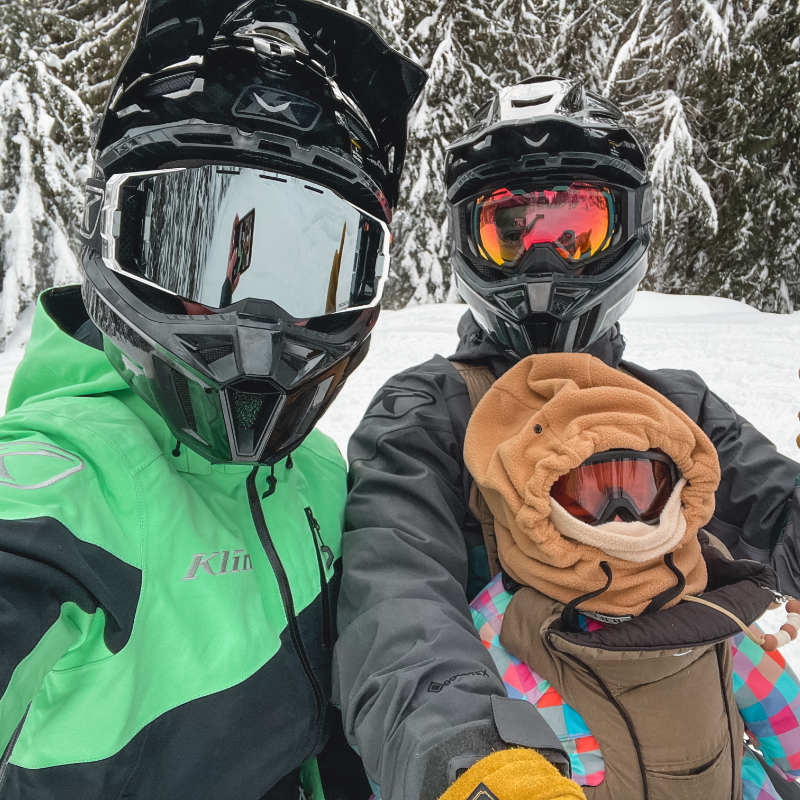The most important step any sledder or backcountry user can and should take before heading into the backcountry is to take an Avalanche Skills Training Level 1 course. A common myth believed by many is that because they have been riding in the backcountry for many years and have not died or been caught, they must know proper avalanche safety. But to be good at avalanche awareness, you need to study avalanche awareness, and the only way to do that is to take a course—or two, or three.
The next step, after taking a course, is to arm yourself with the essential gear—a shovel, probe and beacon—that you know how to use efficiently. Another item that can be placed into the category of essential gear is an avalanche airbag. These devices are becoming increasingly popular and sledders have been the first and quickest to adopt this amazing technology in North America.
How they work
Avalanche airbags are designed to increase your chances of survival but they do not make you invincible. Anything that could help you in a bad situation is good, but not putting yourself in a bad situation is the key to the whole avalanche issue—which is why education is the biggest and most important part in this equation and equipment is second.
Avalanche airbags work by what is called inverse segregation. Whether in a box of cereal, a can of mixed nuts or a moving mass of avalanche debris with entrained objects, bigger objects are more likely to stay higher in the mix. A deployed airbag pack simply makes you bigger, which helps keep you on the surface.
All airbag packs work in the same way: the canister starts the inflation of the bags and deploys the venturi system, which sucks in outside air to fill the remainder of the bag(s).
The decision as to which avalanche airbag to buy is a personal one. Fit, feel, safety features, ease of deployment and resetting the bag after deployment are all important factors, as well as refilling the canister.
Another important fact to keep in mind is that although airbag bags are made of super strong material, they are not like airbags in cars and are not designed to protect you from trauma; only a helmet and proper body armour can do that.
Buy an extra canister
One thing that many airbag users may not be aware of when they’re buying an airbag is that they should purchase an extra canister to carry in their truck or on a multi-day trip. The reason?
Well, if you accidentally set off your airbag at the truck in the morning or on the first day of a trip, the likelihood that you will drive back into town to visit your local dealer and get your canister refilled is slim to none. Having an extra cartridge means that you can reload your bag and head off with your desired safety gear.
I encourage anyone looking for an avalanche airbag pack to visit a snowmobile show or your local sled shop and try on all the different brands. You are making a significant purchase so trying it on, setting the bag off and seeing how easy it is to reset the bag is the best way to make sure your investment is the right one.
For more information on avalanche airbags, visit the websites for ABS Avalanche Rescue Devices Inc., Backcountry Access, Snowpulse and Wary.
Read Dave Norona's review of ABS Avalanche Airbags in the Gearboxx section.







